Mountain Bike Lights Buyers Guide
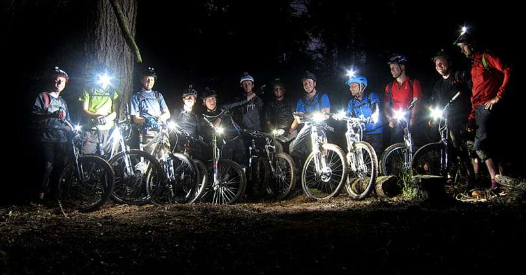
Navigating mountain trails after sunset demands a robust and reliable lighting system. As thrilling as nocturnal rides can be, they also bring inherent risks, making the choice of lights a crucial decision for every night-riding enthusiast. This Mountain Bike Lights Buyers Guide will provide you with the essential information needed to make an informed purchase of mountain bike lights.
Click here to see the Best Mountain Bike Lights Rated and Ranked
Introduction to Mountain Bike Lights
Mountain biking at night is an entirely different experience from daytime riding. The darkness adds a layer of complexity, requiring more powerful lights to illuminate the rugged terrain. Proper lighting not only helps you see the trail ahead but also ensures you’re visible to others, contributing to safety and confidence on the trail.
Understanding the Terrain and Light Requirements
Mountain trails vary from gentle dirt paths to treacherous rocky descents. Assess the complexity of your usual trails to determine the light strength you need. For most mountain bikers, a light that offers between 800 to 2000 lumens is a solid choice for clear visibility.
Types of Mountain Bike Lights
- Handlebar Lights: These are the primary lights that provide a wide, bright beam to light up the trail directly in front of you. They should be powerful and have a broad beam pattern.
- Helmet Lights: Helmet-mounted lights follow your gaze, illuminating the direction you’re looking. They are typically lighter and can have a more focused beam.
- Combination Sets: Using both handlebar and helmet lights is recommended for maximum visibility and trail coverage.
Light Performance Factors
- Beam Pattern: Consider lights with an adjustable beam pattern to cater to different riding situations.
- Brightness and Quality of Light: The quality of light, including color temperature and CRI (Color Rendering Index), can affect how you perceive the trail.
- Sturdy Construction: Look for lights with rugged casings to withstand shocks and vibrations.
Rechargeable Lighting
- Battery Type: Lithium-ion batteries are common due to their lightweight and long-lasting charge.
- Charging Time: Look for lights with fast charging capabilities to reduce downtime.
Maintaining Battery Health
- Proper Charging: Follow the manufacturer’s instructions for charging cycles.
- Storage: If not in use for extended periods, store the battery in a cool, dry place and keep it partially charged.
Run Time and Battery Life
- Run Time: Check the advertised run time at various brightness settings to match your ride duration.
- Battery Indicators: Lights with battery level indicators help avoid being caught out with a dead light.
Mounting Options
- Compatibility: Ensure the mounting system fits your bike’s handlebars and helmet.
- Ease of Use: Look for quick-release mounts for convenience.
Front Bike Lights
Front lights should be powerful (at least 800 lumens) and have a beam angle wide enough to illuminate the periphery of your trail.
Rear Bike Lights
Although not always used for mountain biking, rear lights improve visibility from behind and are particularly useful if you’re riding on access roads or in areas with other trail users.
Manufacturers to Consider
There are several reputable manufacturers known for their quality mountain bike lights. Brands like Light & Motion, NiteRider, Lezyne, and Garmin are synonymous with high-performance bike lighting. Look into their ranges for models that suit your needs.
Tailoring Your Lighting for Different Mountain Biking Disciplines
Different mountain biking disciplines like cross-country, enduro, and downhill have varying requirements for lighting based on the speed, technicality, and nature of the trails. Here’s how to choose lights that match the specific demands of each discipline:
Cross-Country (XC) Mountain Biking
XC rides often involve long distances on trails that vary in technical difficulty. Riders need a balance between light output and battery life since rides can last several hours.
- Front Lights: A light with 700 to 1200 lumens with a balanced beam pattern is typically sufficient, ensuring the path ahead is visible without weighing down the bike.
- Helmet Lights: A lightweight, moderate-lumen light can supplement the handlebar light, helping to illuminate the rider’s line of sight.
- Battery Life: Since XC rides can be lengthy, look for lights with extended battery life or the ability to carry spare batteries or power packs.
Enduro Mountain Biking
Enduro combines uphill and downhill riding, with the focus on timed descents. Lighting needs to be powerful enough for high-speed downhill sections but versatile for climbing stages.
- Front Lights: High-output lights (1000 to 2000 lumens) are important for downhill sections where obstacles come fast and visibility is critical.
- Helmet Lights: A strong helmet light can help when navigating around turns and obstacles, as the rider’s gaze isn’t always directly in front of the bike.
- Battery Management: Consider a light with a remote control or easy-to-reach switch to adjust the output between climbs and descents, conserving battery life.
Downhill (DH) Mountain Biking
Downhill riding is all about speed and handling challenging terrain. Since rides are shorter but more intense, the focus is on maximum visibility.
- Front Lights: A high-lumen output (1500 lumens or more) is crucial due to the high speeds and the need to spot obstacles well in advance.
- Wide Beam Pattern: A wider beam helps to light up not just where you are currently, but also the upcoming trail as you navigate sharp turns and jumps.
- Helmet Lights: Consider a powerful helmet light to complement the handlebar light, providing the best coverage over jumps and around corners.
For all disciplines, it’s important to consider:
- Durability: Mountain biking is rough, and lights need to be able to withstand bumps, drops, and exposure to the elements.
- Ease of Operation: Controls should be simple to use, even with gloves on, allowing for easy adjustments on the fly.
- Mounting Stability: Ensure that the lights stay securely mounted in all riding conditions.
When choosing lights for different types of mountain biking, it’s not just about the maximum brightness but also how the light is delivered and managed. The best lighting setup for you will complement your style and provide reliable illumination across all terrains and speeds of your mountain biking adventures.
List of Mountain Bike Light Manufacturers
Lezyne
- Known For: High-quality, durable lights with excellent battery life.
- Product Highlights: Lezyne offers a range of lights that feature strong LED outputs and innovative mounting systems.
Garmin
- Known For: Smart lights that can integrate with GPS and cycling computers for features like automatic brightness adjustment.
- Product Highlights: Garmin Varia radar taillights that detect approaching vehicles and adjust brightness accordingly.
NiteRider
- Known For: Rugged and reliable lights that are favored by mountain and gravel bikers alike.
- Product Highlights: High-intensity lights with secure mounts, ideal for challenging gravel paths.
Cateye
- Known For: Their compact designs and user-friendly interfaces.
- Product Highlights: A wide range of both front and rear lights that cater to casual and serious cyclists.
Bontrager
- Known For: Producing lights with consistent lighting and robust build quality.
- Product Highlights: The Bontrager Ion series for front lights and Flare series for rear lights offer a good balance of visibility and run time.
Knog
- Known For: Stylish, innovative light designs with easy-to-use attachment mechanisms.
- Product Highlights: Knog’s lights often feature a distinctive design and are USB rechargeable, suitable for a variety of biking activities.
Cygolite
- Known For: Their focus on brightness and longevity.
- Product Highlights: Cygolite offers some of the most powerful lights on the market, designed for riders who need maximum visibility on dark trails.
Lupine
- Known For: Premium lights with exceptional brightness and quality.
- Product Highlights: Lupine’s lighting systems are known for their durability and high-performance, suitable for extreme gravel riding conditions.
Exposure Lights
- Known For: British-manufactured lights that offer sophisticated technology and sleek designs.
- Product Highlights: Exposure provides high-end lights that are both powerful and lightweight, with a focus on advanced features like programmable settings.
Magicshine
- Known For: Offering a balance between affordability and functionality.
- Product Highlights: Magicshine provides a range of bike lights that are cost-effective without sacrificing performance.
When choosing a manufacturer, consider warranty options, customer service, and user reviews. It’s also important to think about compatibility with your bike and your specific riding needs. Some brands might cater more to casual riders while others are aimed at high-performance athletes, so aligning the brand’s product offerings with your expectations is crucial for making the best purchase.
Conclusion
Choosing the right mountain bike lights involves balancing brightness, beam quality, battery life, and durability. With a variety of options available, it’s important to select a lighting system that complements your riding style and the trails you frequent. Always prioritize quality and durability, and remember that the best light is the one that reliably allows you to see and be seen, ensuring safe and exhilarating night rides on the mountain trails.
FAQ’s
How many lumens do I need for mountain bike lights?
The number of lumens you need for mountain biking can vary widely depending on the specific conditions of your ride, including the terrain, speed, and whether you are using the light to see or to be seen. Here’s a rough guide:
- For being seen in low-light conditions (dusk, dawn): 100-200 lumens are often sufficient.
- For seeing on well-lit urban or suburban trails: 200-500 lumens may be enough.
- For moderate off-road trails at night: 500-1000 lumens will provide adequate illumination.
- For technical mountain biking: 1000-2000 lumens or more are often recommended to clearly see obstacles at higher speeds and to give a wider berth of visibility.
It’s worth noting that more lumens typically mean more battery consumption, so higher-powered lights will need larger batteries or more frequent recharging. Moreover, it’s not just the quantity of lumens but also the quality of the light’s optics—how the light is spread and projected—that can affect your visibility and safety on the trails.
Also, lumens aren’t everything; a well-designed light with a lower lumen count but excellent optics can sometimes outperform a higher-lumen light with poor beam quality. In addition, consider lights that offer different settings (like high, medium, low, and pulse modes) to adapt to varying conditions and manage battery life effectively.
For mountain biking, especially for downhill and enduro disciplines, having both a handlebar light and a helmet light can provide a more versatile lighting setup, allowing you to have a broad field of light on the trail as well as directional light where you’re looking. Combining the two can often be a better solution than just focusing on the lumen count of a single light.
What to look for when buying bike lights?
When shopping for bike lights, it’s important to consider a variety of factors to ensure that you get the right fit for your needs:
Brightness (Lumens): Choose a lumen count appropriate for your typical riding environment. More lumens for darker, off-road conditions, and fewer for well-lit areas.
Beam Pattern: Some lights offer a focused beam for long-distance visibility, while others provide a wide beam for a broad view of the road or trail.
Battery Life and Type: Select a battery that provides enough life for your longest rides. Rechargeable batteries are more environmentally friendly and can be more economical over time.
Mounting System: Make sure the light mounts securely to your bike and that it’s easy to attach and remove. Compatibility with your bike’s handlebars, frame, or helmet is essential.
Durability and Build Quality: A durable light that can withstand the rigors of your riding conditions, including impacts, vibrations, and all kinds of weather, is crucial.
Waterproofing: Consider lights with a high IP rating if you’re likely to ride in the rain or encounter wet conditions.
Size and Weight: Particularly for performance-oriented riders, a lightweight and appropriately sized light won’t hinder your ride.
Modes and Features: Versatile lights with various modes allow for adaptability, while additional features like power indicators and smart connectivity can enhance usability.
Recharging Time: If you cycle often, look for a light with quick recharging capabilities to avoid long periods of downtime.
Side Visibility: For those who ride in urban settings, ensuring that you are visible from the sides can be as important as front and rear visibility.
Price and Brand Reputation: Investing in a light from a reputable brand may cost more upfront but can provide better long-term value and reliability.
Legal Compliance: Confirm that the bike lights adhere to local regulations, which may specify brightness levels and usage of flashing modes.
Reviews and Recommendations: Check out user reviews and recommendations to see how different lights perform in the real world.
A careful assessment of these aspects will help guide you to the best bike light for your riding style and conditions, providing safety and reliability when you need it most.

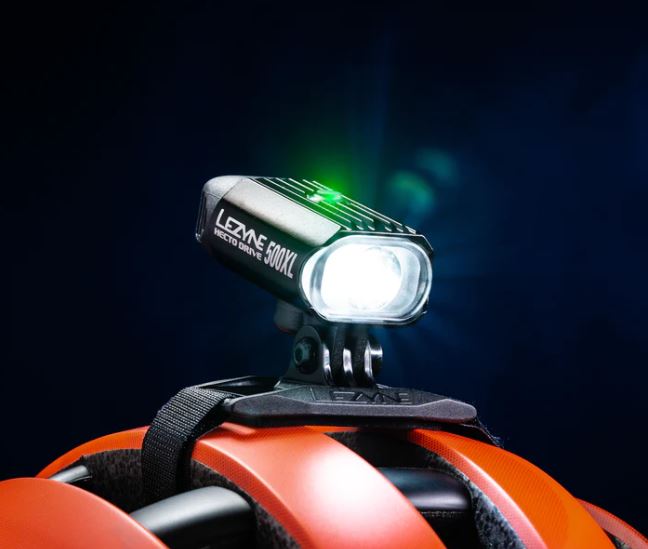
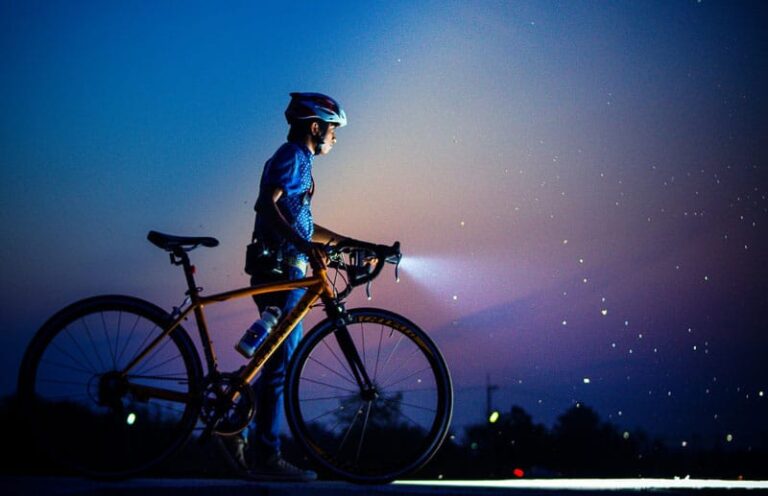
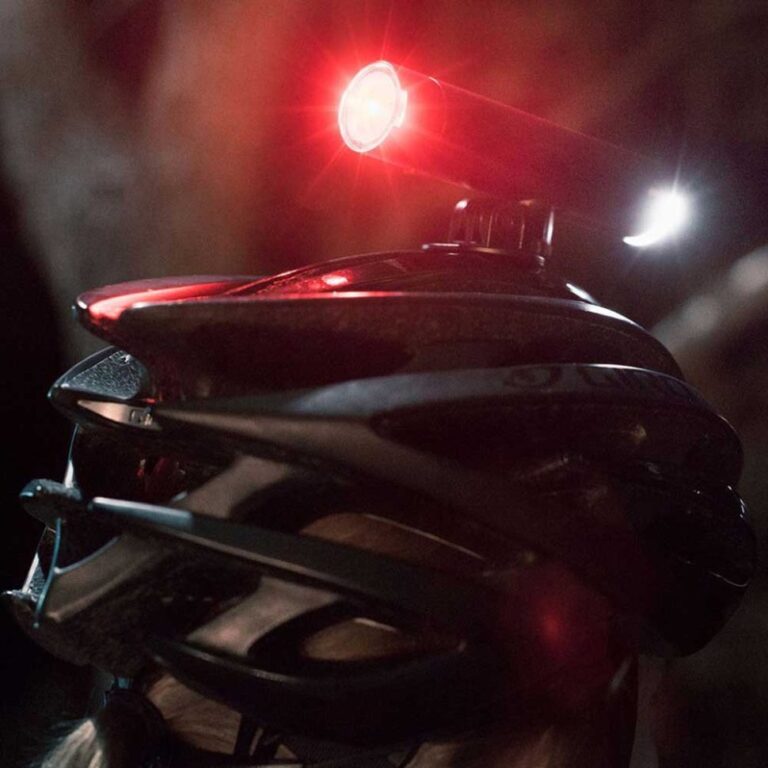
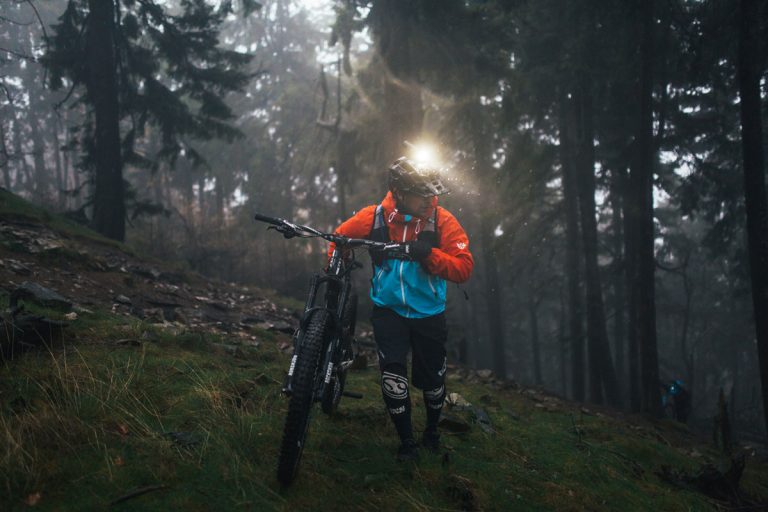

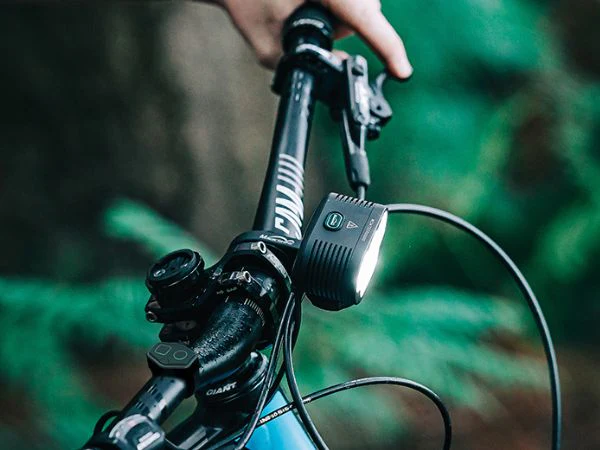
It’s really a great and useful piece of info. I am happy that you shared
this helpful information with us. Please keep us informed like this.
Thanks for sharing.
Thank you! John